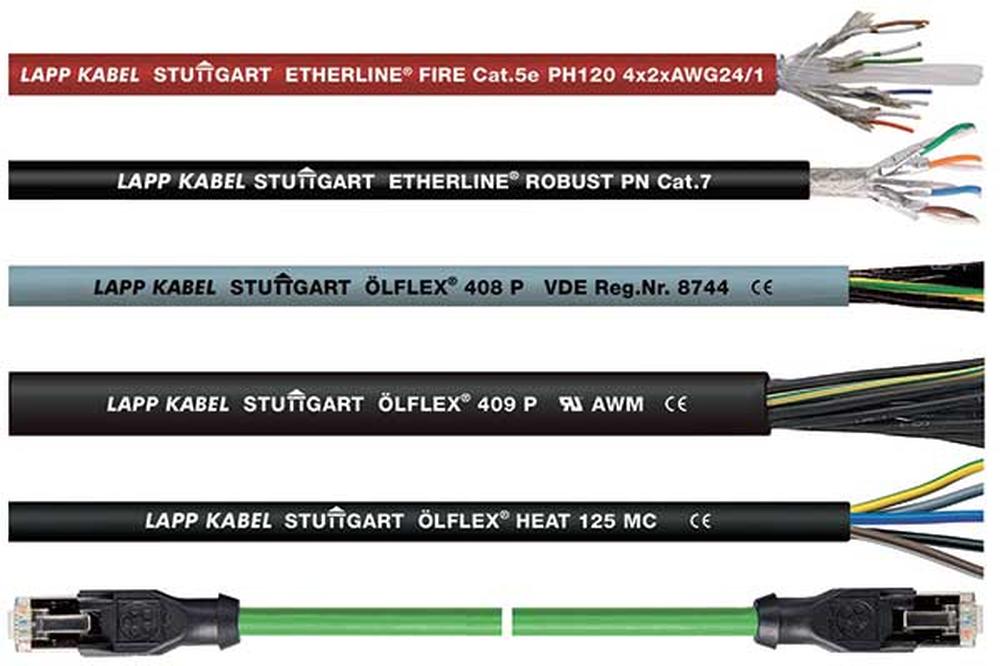Connecting a standard full duplex link RS232 between two computers is the same as with a standard RS232 link, with the TxD (transmitter output) of each computer connected to the RxD (receiver input) of the other computer. The QVGA Controller offers a unique addition to full duplex RS232: it can place its RS232 transmitter into a high impedance silent mode under software control. Moreover, if Serial2 is running full duplex at 4800 baud, any other interrupt service routine that takes longer than 100 µs is likely to cause a problem. The DMX standard is very strict: Each pair is unidirectional (like RS422), it uses longer mark and space times between datablocks than specified in computer Serial communication. RS485 is commonly 2 wire for bidirection, but may some times be 4 wire with one pair in and the other out. Twisted pair also allows the transmission speeds to be much higher than what is possible with straight cables. For devices where you have to consider the devices at the far end of your cables to be unable to be modified, either hardware or software wise, you have to get clever regarding how you determine if the device is connected. Modbus is restricted to addressing 247 devices on one data link, which limits the number of field devices that may be connected to a parent station (again, Ethernet TCP/IP is an exception).

The shielding may be braided (be formed by a mesh of thin conducting wires) or be a foil (consisting of a sheet of metal wound around the conductors): the two types are equivalent. Large binary objects are not supported. Data models and function calls are identical for the first four variants listed above; only the encapsulation is different. This feature supports joining monitored data from multiple serial devices into a single monitoring session. For these secondary devices you have to implement your periodic heart beat check in some device specific way. So take advantage of that and let your systems MCUs implement heart beat handshaking directly though the RS485 communications layer using appropriately designed small packets. What company makes the driver for the RS485 converter? But I notice that he describes using a (different) RS-485 to USB converter and splicing from the Ethernet cable to the converter, rather than using the converter cable that ships with the charge controller. The device ships with an Ethernet RS-485 communication interface as well as a RS-485 to USB cable, which is said to be able to communicate with a PC using proprietary Windows based software (and driver, I think). So that is a very well defined standard for the software/data level that's incredibly strict compared to RS485/RS422.
So make sure that your screen doesn't go to sleep while you're upgrading and that every single module has been upgraded as well. While the conversion is "transparent" the software must be able to communicate with the expanded network features. All the ‘A’ terminals must be connected together and all the ‘B’ terminals must be connected together respectively. In order to avoid errors when many devices are connected, cables of the same colour should be used for all the connections to the terminals A and cables of the same colour should be used for all the connections to the terminals B of the various devices (e.g. white for A and blue for B). They are often used for serial connections going to a terminal server in datacentres, for example. Each device has a communication port with two terminals, which are indicated for the sake of convenience as A and B. In these two terminals the communication cable is connected so that all the devices that take part in the communication are connected in parallel. Once you've clicked on that, it will take you to this page. For the example, we will use 4 battery modules on the stack. No standard way exists for a node to find the description of a data object, for example, to learn that a register value represents a temperature between 30 and 175 degrees.
The server should not implement any real data at this number and address, and it can return a null value or throw an error when requested. The only way this would not work is if the secondary device only takes "write only to device" transmissions with no possibility of any acknowledgement or return result. The primary serial port, Serial1, is supported by the 68HC11's on-chip hardware UART, and does not require interrupts to work properly. The primary channel’s UART translates the bit-by-bit data on the serial cable into bytes of data that can be interpreted by the QED-Forth Kernel or by your application program. If you have a serial device and need to develop a software application for it or have a program and need to develop a device for it, then our product is exactly what will help you. Pre-coded device drivers configure the SPI for a standard data format, and it is easy to customize a data format and baud rate for your application. In some circumstances a one-way data flow may suffice. Other times you may write something and read it back to verify. What I want to be able to do is to communicate (or at least read from) the charge controller from a Raspberry Pi.
If you have any sort of inquiries pertaining to where and how you can utilize what is rs485 cable, you can call us at our own web page.

